If you loved the gripping drama and raw emotion of 'Challenge to be Free' (1975), you're in for a treat. This article explores 10 similar movies and shows that capture the same spirit of survival, adventure, and human resilience. Whether you're a fan of wilderness tales or stories of personal triumph, these picks will keep you hooked.
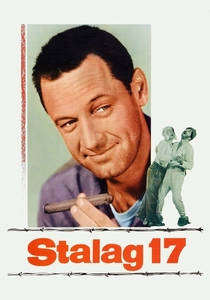
Stalag 17 (1953)
Description: A mix of drama and dark comedy set in a WWII POW camp, focusing on escape attempts and the suspicion of a traitor among the prisoners, blending tension with camaraderie.
Fact: The film inspired the TV series 'Hogan's Heroes.' Director Billy Wilder initially wanted to cast an unknown for the lead role but eventually chose William Holden, who won an Oscar for it.
 Watch Now
Watch Now 
The Defiant Ones (1958)
Description: Two escaped prisoners, shackled together and divided by race, must cooperate to survive, exploring themes of prejudice, forced partnership, and the shared desire for freedom.
Fact: The film was groundbreaking for its time in addressing racial tensions directly. Both lead actors performed their own stunts, including jumping from a moving train.
 Watch Now
Watch Now 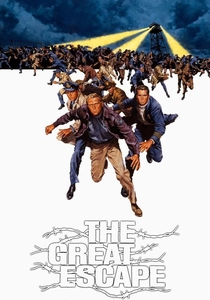
The Great Escape (1963)
Description: A gripping tale of prisoners plotting an elaborate escape from a high-security camp, showcasing resilience, camaraderie, and meticulous planning under oppressive conditions.
Fact: The film was based on a true story of Allied prisoners' escape from a German POW camp during WWII. The motorcycle jump scene was performed by stuntman Bud Ekins, not Steve McQueen.
 Watch Now
Watch Now 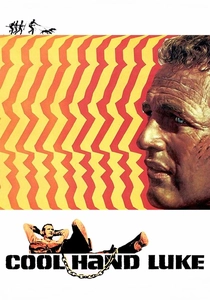
Cool Hand Luke (1967)
Description: A rebellious prisoner's repeated escape attempts and defiance of authority in a Southern chain gang, symbolizing the struggle for individual dignity against oppressive systems.
Fact: The egg-eating contest scene was real—Paul Newman ate 50 eggs over several takes. The phrase 'What we've got here is failure to communicate' became iconic and was ranked No. 11 in AFI's top movie quotes.
 Watch Now
Watch Now 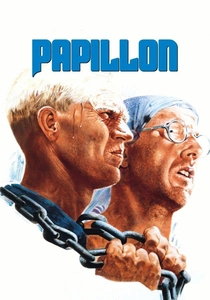
Papillon (1973)
Description: A harrowing story of survival and repeated escape attempts from a brutal penal colony, emphasizing the unbreakable human spirit and the quest for freedom against all odds.
Fact: The film is based on the autobiography of Henri Charrière, who claimed the story was true, though some details have been disputed. The infamous 'Devil's Island' scenes were shot in Jamaica.
 Watch Now
Watch Now 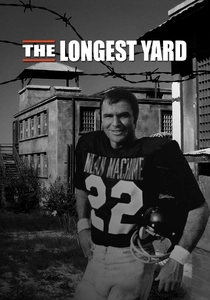
The Longest Yard (1974)
Description: A former pro quarterback leads a team of inmates in a brutal football game against guards, using the sport as a form of rebellion and asserting dignity in a corrupt system.
Fact: The football scenes were so intense that several actors were injured during filming. The film's success spawned a 2005 remake starring Adam Sandler.
 Watch Now
Watch Now 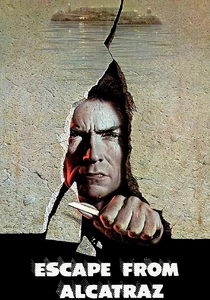
Escape from Alcatraz (1979)
Description: A tense, realistic portrayal of a meticulously planned escape from the infamous island prison, highlighting ingenuity and determination in the face of seemingly insurmountable obstacles.
Fact: The film is based on the only possibly successful escape from Alcatraz in 1962; the fate of the escapees remains unknown. The actual prison cell used by Frank Morris was replicated in detail for the film.
 Watch Now
Watch Now 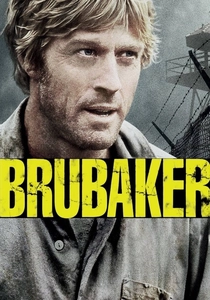
Brubaker (1980)
Description: A warden goes undercover as an inmate to expose corruption and brutality in a Southern prison, revealing systemic abuse and the struggle for reform from within.
Fact: The film was inspired by the real-life experiences of Thomas O. Murton, who attempted to reform Arkansas prisons in the 1960s. Much of the movie was shot in an actual abandoned prison in Ohio.
 Watch Now
Watch Now 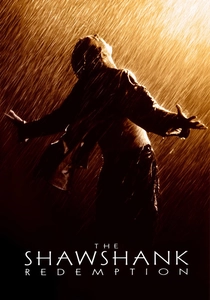
The Shawshank Redemption (1994)
Description: A profound story of hope, friendship, and a long-conceived escape plan from a corrupt prison system, illustrating the power of patience and intellect in overcoming injustice.
Fact: Despite its later acclaim, the film was a box office disappointment initially. The oak tree under which Andy leaves a note for Red became a pilgrimage site until it was destroyed by lightning in
 Watch Now
Watch Now 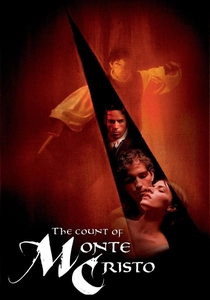
The Count of Monte Cristo (2002)
Description: A tale of wrongful imprisonment, a daring escape, and meticulous revenge, showcasing themes of betrayal, perseverance, and the transformative power of hardship.
Fact: This adaptation condenses Alexandre Dumas' 1,000-page novel into a two-hour film. The Château d'If prison scenes were filmed at the same Maltese fort used in 'Gladiator.'
 Watch Now
Watch Now 








